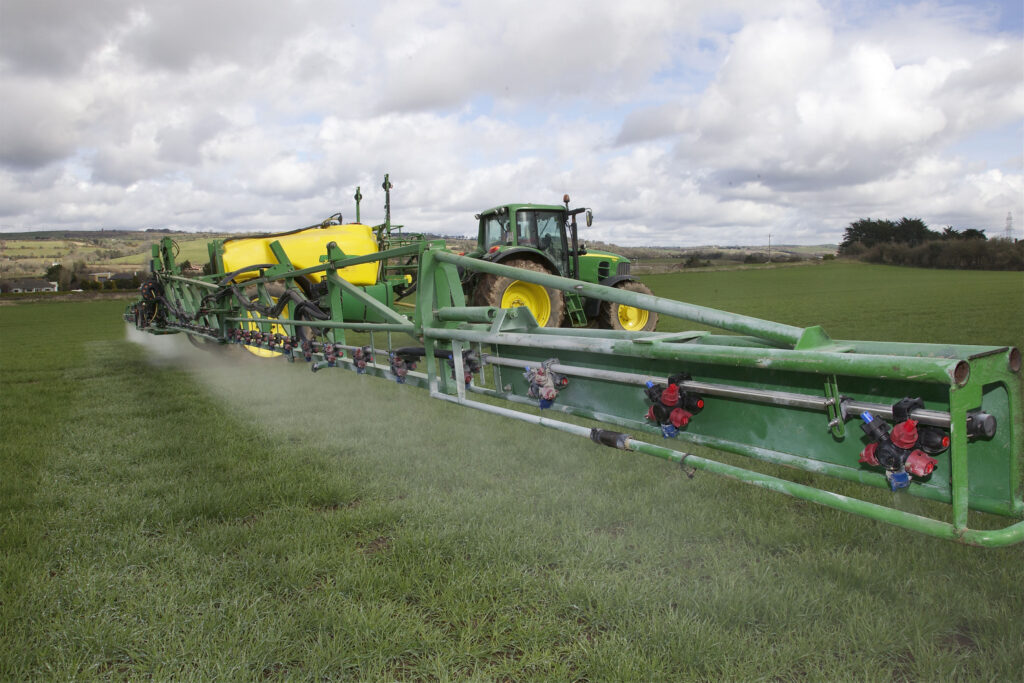The April tillage management notes from Teagasc represent a comprehensive and updated advice source on all spring cropping options.
The poor weather in March delayed field work in most of the country. Growers should, therefore, prioritise the planting of beans, wheat and oats, and aim to have them sown as early as possible in April.
While there is time to sow spring barley, farmers should increase seed rate as they drill later into April.
The aim is to sow approximately 350 seeds to establish 300 plants.
For all crops, it’s a case of incorporating compound fertiliser into the seedbed to try to get quick establishment and uptake.
Fertiliser for spring cereals
Growers should select a suitable fertiliser to deliver sufficient seedbed nitrogen (N) for early establishment and sufficient phosphorus (P) and potassium (K) to match crop offtakes.
P trials in spring barley indicate the benefits of placing P fertiliser on P index one soils in terms of rapid root and tiller development.

Recent work in spring barley has also shown that higher rates of K (80-100kg/ha) can help to reduce brackling.
As a rule of thumb, growers reduce the chemical fertiliser rates where organic manures have been applied with remaining N applied at mid-tillering.
Where malting barley crops are concerned, growers should apply all the top dressing as soon as tramlines are visible.
All spring barley crops should be assessed crops for signs of manganese (Mn) deficiency and treated as soon as symptoms appear.
Mn deficient plants show chlorotic spots and streaks which turn brown/gray-white, coalesce and may expand over the older leaves.
The few early March-sown crops will not need an aphicide; however, crops sown in late March, which emerge in April, and April-drilled crops, are at higher risk, especially in areas with a history of barley yellow dwarf virus (BYDV) or near coasts.
Crops at risk should receive an aphicide at the three-to-four leaf stage for optimum effect. Growers should see full label rates to get best control monitor after spraying to assess for resistant aphids.
Weed control
Teagasc tillage specialists are recommending the early application of herbicides to spring barley crops (four-to-five leaf stage of crop).
It should be noted that using reduced rates will save money. The best results will be achieved when the weed and crop are growing actively.

Weather before spraying will influence how well the weed takes up the chemical. Ideally, growers should wait for two to three warm days before spraying.
Options include: sulfonylurea, e.g., Ally Max or Cameo Max, etc., half to twothirds rate plus fluroxypyr 0.75L/ha or Galaxy 0.75L/ha or Pixxaro 0.375L/ha, or Zypar 0.75-1.0L/ha, depending on the weed spectrum of the field.
Specifically, where wild oat control is concerned, Teagasc tillage advisors are confirming that Pinoxaden (Axial Pro 0.6L/ha) or fenoxaprop (Foxtrot) can be applied with certain herbicides on different crops.
Growers should check each label for restrictions. Where wild oat herbicides are applied separately, it’s a case of obeying the required intervals to maximise the efficacy of the applications.
